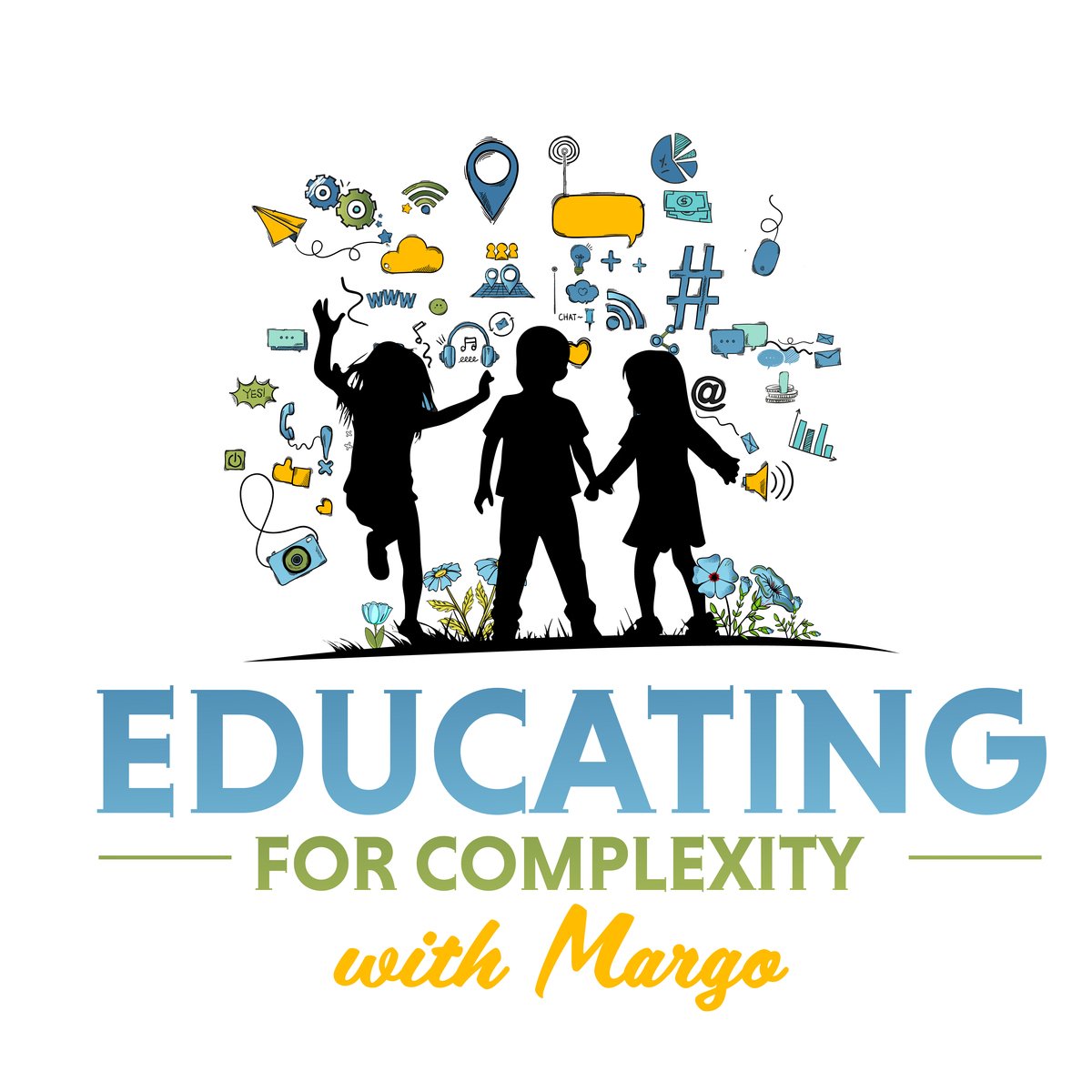It’s that time of year when suitcases are packed, and some families are gearing up for more than just a beach vacation. For parents like my friend Suzanne, who’s relocating her family to Riyadh, Saudi Arabia, the to-do list includes a high-stakes task: choosing the right school for their kids. It’s like trying to pick the perfect Airbnb for your soul—except this choice shapes your child’s future in a world of uncertainty.
Suzanne, who is my long-time friend, is a savvy mom with a knack for research, recently grilled me for advice. Having worked in Riyadh supporting a royal-owned founding school, I had some thoughts. She’d already scoured school websites, checked out extracurriculars, and joined expat groups like “Moms in Riyadh” on Facebook and InterNations. “Margo,” she said, “I’ve got the lowdown on programs, parent vibes, and even PISA scores. What am I missing?” Oh, Suzanne, there is so much more to consider my friend. Let’s unpack this like a moving truck.
Suzanne’s Starting Line: The Good, the Limited, and the “Hmm”
Suzanne’s approach is a solid first lap when looking at new potential schools. School websites offer a glossy brochure of programs—like robotics clubs or debate teams—and a schedule of activities that seems endless. You have to consider quality and who is teaching these classes. Is it teachers or it it outsourced to a company. Neither are bad, however, you must weigh it in the balance. Expat parent groups? They’re gold for the unfiltered scoop: Is the math teacher a rockstar or a snooze? Do kids thrive or just survive? And standardized tests like PISA and MAP? They give a snapshot of academic performance. But here’s the catch: this data is like judging a movie by its trailer. It’s a start, but it doesn’t tell the whole story.
Here is what she needs to consider when looking at all o the usual selling points:
Websites: Great for basics—curriculum, clubs, maybe a shiny mission statement. But they’re curated, not always candid. You won’t find “our cafeteria food is processed” on the homepage.
Parent groups: These are your backstage pass to the school’s vibe, and lived culture. Parents spill on teaching quality, social events, and whether their kid feels seen which is essential. But even all this is limited as it’s anecdotal—your kid isn’t theirs.
PISA and MAP: PISA tests 15-year-olds on reading, math, and science literacy, aiming for real-world application. MAP tests are adaptive and track growth in core subjects. Both are useful but narrow. PISA misses creativity and emotional intelligence, offering system-level insights with little for individual kids. MAP skips broader skills like critical thinking or collaboration, both are sovital for a “future-ready” mindset.
This is why Suzanne’s research is a springboard. However, to find a school that nurtures passions, sharpens critical thinking, and unleashes creator skills, she needs to dig deeper. Here’s how to shop for a school that preps kids for a world where AI, adaptability and grit are essential to thrive in the complex we are moving through now and in the coming years.
The Ultimate School-Shopping Checklist: Beyond the Brochure
Remember, we are no longer in the age of knowledge. Choosing a school isn’t just about academics; it’s about finding a place where your kid can discover what lights them up, think critically, and create boldly often not just at the end of the term for a summative assessment to obtain a grade. Research from education experts like Yong Zhao and Tony Wagner emphasize schools that foster “global competencies”—passion-driven learning, problem-solving, and innovation—are positioned to prepare kids for an unpredictable future. Here’s how Suzanne (and you) can level up the search, with a wink and a nudge.
1. Shadow a Student: Live a Day in Their Sneakers
I told Suzanne, “I know you’re juggling visas and movers, but if you can, let your kid shadow a student for a day. It’s like test-driving a car—you need to feel the ride.” Watching a peer navigate classes, lunch, and recess reveals the school’s pulse: Are kids engaged? Is the vibe collaborative or cutthroat? A 2019 study from the National Association of Independent Schools found that student shadowing helps families gauge “fit” beyond academics, spotting environments that spark joy and curiosity. No time? Ask the school for a virtual shadow or student ambassador chat. Do not take no for an answer. Your kid spends more time in school than with you. The ambassador chat will provide a window into a personal “lived” experience.
2. Visit Classes in Action: No Empty Halls Allowed
Suzanned sighed at first with this one considering she is moving soon and wanted to pick the school before she arrived, however, she called me the next day and thankied me. I shared with her that tours are great, but don’t visit when classrooms are quiet. You need to see the chaos of learning in progress. For high schools, pop into multiple classes—math, literature, maybe a coding elective. For primary schools, observe a few core sessions. Look for how kids learn, not just what. Are they asking big questions? Are teachers guiding or lecturing? A 2021 Harvard study on school choice stressed observing “active learning” environments where students wrestle with ideas, not just memorize facts. If a school balks at class visits, that’s a red flag—transparency matters.
3. Zoom In on Inquiry and Engagement
I told Suzanne also its very important to pay very close attention to the questions kids and teachers ask. Are they rote (“What’s 5x7?”) or thought-provoking (“How could we redesign a city to be sustainable?”)? High-quality inquiry drives critical thinking, a skill the World Economic Forum ranks as top for 2030 jobs. Check if learning activities involve debate, experimentation, or real-world problems. If kids are just filling out worksheets, they’re not practicing the creative problem-solving needed for uncertainty.
4. Count the Hours: Balance Matters
Then I shared a top secret with Suzanne, that no parent ever thinks to ask about. I told her you must inquire about teaching hours. Yes every hour counts. How is time being distributed throughout the day determines the quality and frequency of opportunities for deep thinking and creative problem solving which takes time to do well. In primary schools, how much time does the homeroom teacher spend with your kid? In middle or high school, how’s the week divvied up? Are “specials” (art, music, PE) crowding out core academics, or is there a thoughtful balance? A 2023 OECD report noted that schools prioritizing flexible schedules with room for deep dives into subjects foster resilience and adaptability. If the schedule feels like a treadmill of short classes, kids may miss chances to explore passions deeply.
5. Seek Project-Based Learning (PBL) and Transdisciplinary Magic
Then, I explained PBL and Transdiciplinary learning to Suzanne and why it is essential in this 4th industrial revolution with AI. Looking for schools that weave project-based learning into the fabric of their curriculum raises the level of critical thinking happening inside the class and promotes more complex thinking around ideas. What is more, PBL lets kids tackle real-world challenges—like designing a community garden or pitching a startup—using knowledge across subjects. A 2020 study in Educational Researcher found PBL boosts critical thinking and engagement, especially when it’s transdisciplinary (think history + coding to analyze migration patterns). Ask: How often do students do projects? Are they solving authentic problems? This is where passions ignite and creator skills shine.
6. Tech That Creates, Not Consumes
Fortunately, as a former programmer, Suzanne understood the importance of having technology, however, she had not thought much about how it should be used effectively for kids. I explained that seeing iPads available is not enough on a tour. It’s about using technology to create— with learning such as coding apps, designing 3D models, or analyzing data to make a decision. For primary schools, check if the makerspace collaborates with teachers to craft hands-on projects (e.g., building a solar-powered toy). For middle and high schoolers, are there coding classes with real applications, like programming a chatbot to solve a local issue? A 2022 MIT study on tech integration showed that schools teaching “computational thinking” prepare kids for innovation in AI-driven fields. Ask: How does tech empower my kid to create, not just consume?
7. Culture of Passion and Risk-Taking
Finally, I shared with Suzanne to peel back the layers of the school’s culture. Do they celebrate kids who chase quirky passions—say, composing music or launching a podcast? Are mistakes treated as learning opportunities? Talk to students or recent grads. A 2018 book, The Innovative School, by education expert Pasi Sahlberg, argues that schools fostering “playful risk-taking” produce graduates who thrive in uncertainty as they have opportunities to create solutions in new and changing circumstances in play day to day. Schools that are rigid or test-obsessed might stifle a kid’s spark.
A Word on Tests: PISA and MAP Aren’t the Whole Story
Suzanne loves her data, however I shared with her that PISA and MAP have blind spots. PISA’s global benchmarks are great for comparing systems, but they skip creativity and social-emotional skills, offering little for focusing on a student’s individual growth. MAP tracks progress in math and reading but misses the broader competencies—collaboration, innovation—that define a “creator” mindset. We can only usetest scores as one piece of the puzzle, not the whole picture. A school with sky-high PISA rankings but no room for passion projects? It should be a hard pass. Find a place that nurtures creativity, authentic problem solving and messy math.
Suzanne’s Next Steps (and Yours)
Suzanne thanked me sharing I should publish this. So I did. I am happy to see her off to Riyadh with a sharper lens. She’s planning to shadow students, visit classes, and ask about PBL and tech integration. She’s also digging into how schools nurture passions—because her daughter’s obsession with marine biology deserves a stage. For parents like you, relocating or not, the goal is the same: find a school that equips your kid to think critically, create fearlessly, and adapt to whatever curveballs the future throws.
So, grab a coffee, channel your inner detective, and shop for a school that’s less about test scores and more about sparking genius. Your kid’s future innovator, dreamer, or world-changer will thank you.
Want more tips on raising future-ready kids? Subscribe to Educating for Complexity for weekly insights, no fluff.

